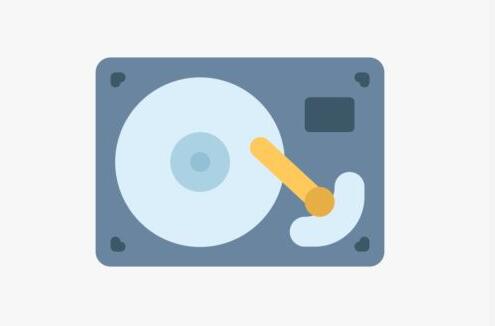To mount an empty partition disk, follow these clear steps:
1. Prepare the Environment
Before mounting a partition, make sure the disk is physically connected to your computer. You also need administrative privileges to perform disk operations.
2. Identify the Partition
First, you need to identify the partition you wish to mount.
On Windows:
Open the Disk Management tool by searching for it in the start menu.
All your connected drives will be listed. Identify the empty partition from the list.
On Linux:
Open a terminal.
Use the command sudo fdisk -l or lsblk to list all disks and their partitions.
Identify the partition from the list, typically named something like /dev/sda1. /dev/sdb1. etc.
On macOS:
Open Disk Utility from the Utilities folder.
Identify your unmounted or empty partition from the list of available drives.

3. Create a Mount Point
A mount point is simply an empty folder or directory where the contents of the partition will be accessed.
On Windows:
Once in Disk Management, right-click the partition and choose “Change Drive Letter and Paths…”.
Select “Add” and then assign a new drive letter to the partition or mount it to an empty folder (if needed).
On Linux:
You can create a folder where you want to mount the partition. For example, use the following command to create a mount point:
sudo mkdir /mnt/my_mount_point
On macOS:
Use Disk Utility to choose a location or mount it automatically, or you can use a similar command line approach like Linux if desired.
4. Mount the Partition
On Windows:
After assigning a drive letter or folder, the partition will automatically mount and be accessible from File Explorer.
On Linux:
Use the following command to mount the partition:
sudo mount /dev/sdX /mnt/my_mount_point
Replace /dev/sdX with your actual partition name (e.g., /dev/sda1) and /mnt/my_mount_point with the folder you created earlier.
On macOS:
Most partitions mount automatically when connected. If not, select the disk in Disk Utility and click Mount. Alternatively, use the terminal:
sudo mount -t hfs /dev/diskX /Volumes/my_mount_point
Replace /dev/diskX with the correct disk name.
5. Check the Partition
Once mounted, ensure you can access it:
On Windows, open File Explorer and check that the newly mounted drive or folder is accessible.
On Linux, navigate to the folder you mounted the partition to:
cd /mnt/my_mount_point
On macOS, the partition will appear in Finder under the Devices section.
6. Unmount the Partition (Optional)
When you are done, you can unmount the partition.
On Windows, right-click the drive in File Explorer and choose Eject.
On Linux, use the following command:
sudo umount /mnt/my_mount_point
On macOS, you can unmount the disk by dragging it to the Trash, or by selecting it in Disk Utility and choosing Unmount.
7. Additional Considerations
File Systems: Ensure the partition’s file system is compatible with your OS. Windows primarily uses NTFS, Linux uses ext4. and macOS uses HFS+ or APFS.
Permissions: If you face issues accessing the partition, check the permissions or ownership of the mount point.
Automounting: To automatically mount a partition on boot:
On Linux, edit the /etc/fstab file.
On Windows and macOS, most partitions automatically remount, but advanced settings can be configured for specific needs.
About us and this blog
Panda Assistant is built on the latest data recovery algorithms, ensuring that no file is too damaged, too lost, or too corrupted to be recovered.
Request a free quote
We believe that data recovery shouldn’t be a daunting task. That’s why we’ve designed Panda Assistant to be as easy to use as it is powerful. With a few clicks, you can initiate a scan, preview recoverable files, and restore your data all within a matter of minutes.
Subscribe to our newsletter!
More from our blog
See all postsRecent Posts
- Data recovery salt lake city utah 2025-04-18
- Data recovery sacramento 2025-04-18
- Data recovery miami 2025-04-18

 Try lt Free
Try lt Free Recovery success rate of up to
Recovery success rate of up to









